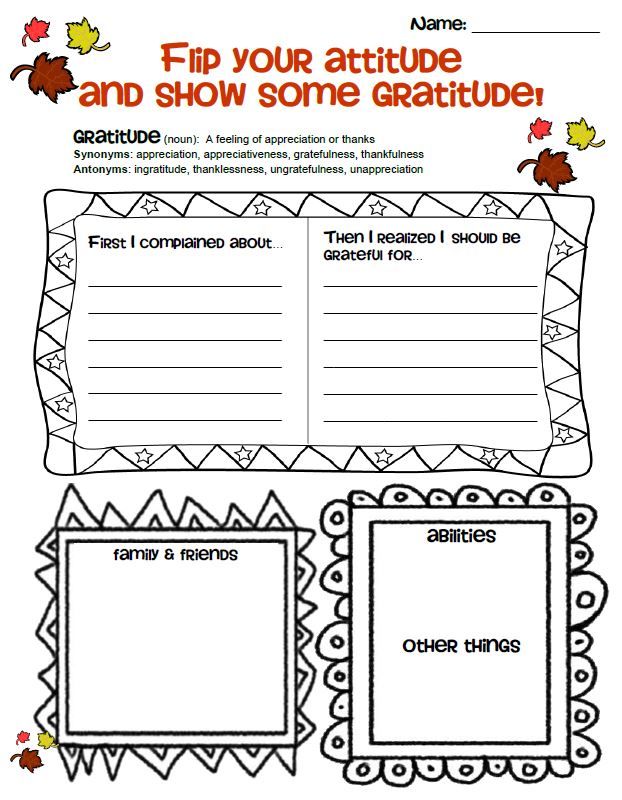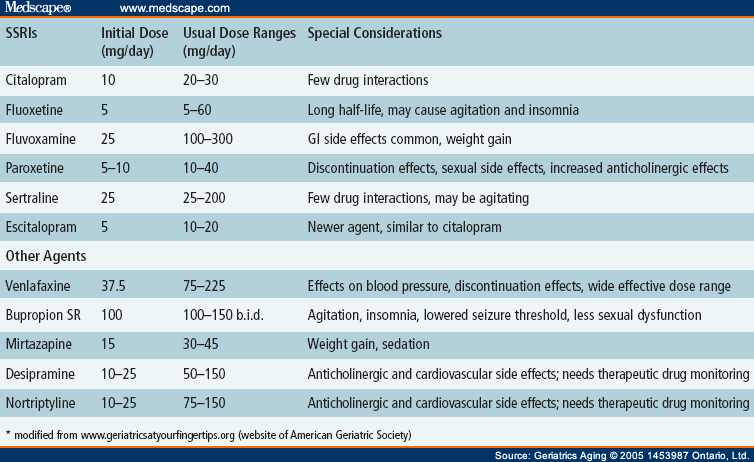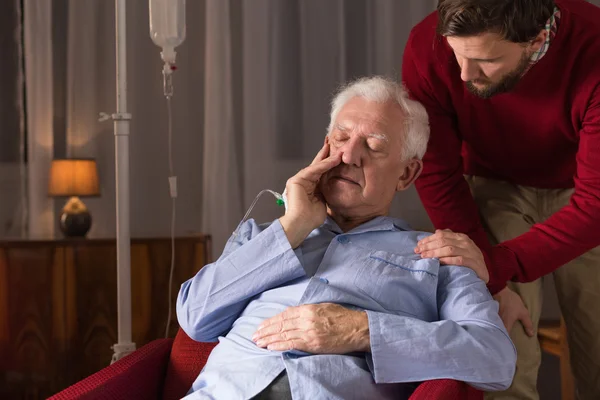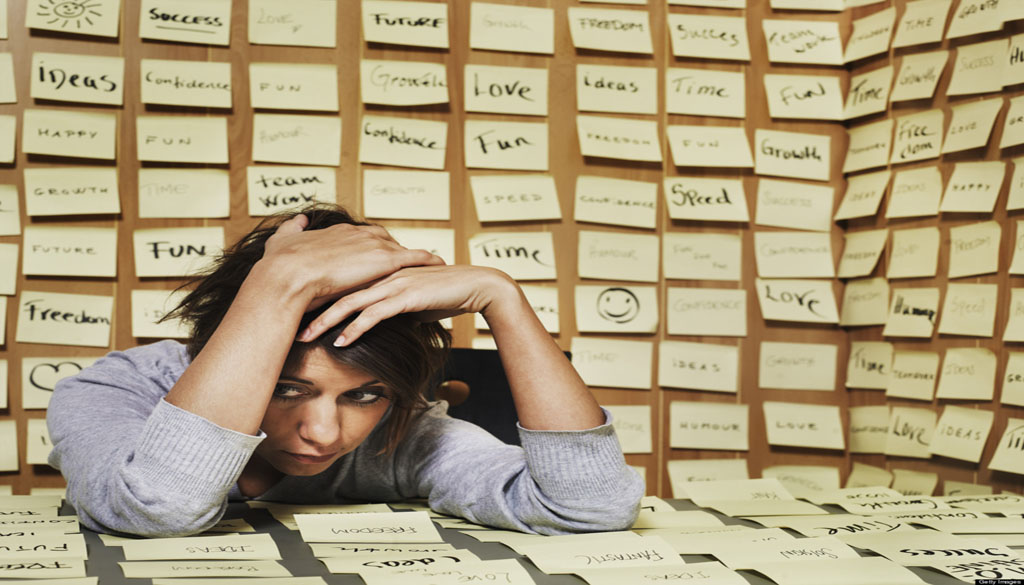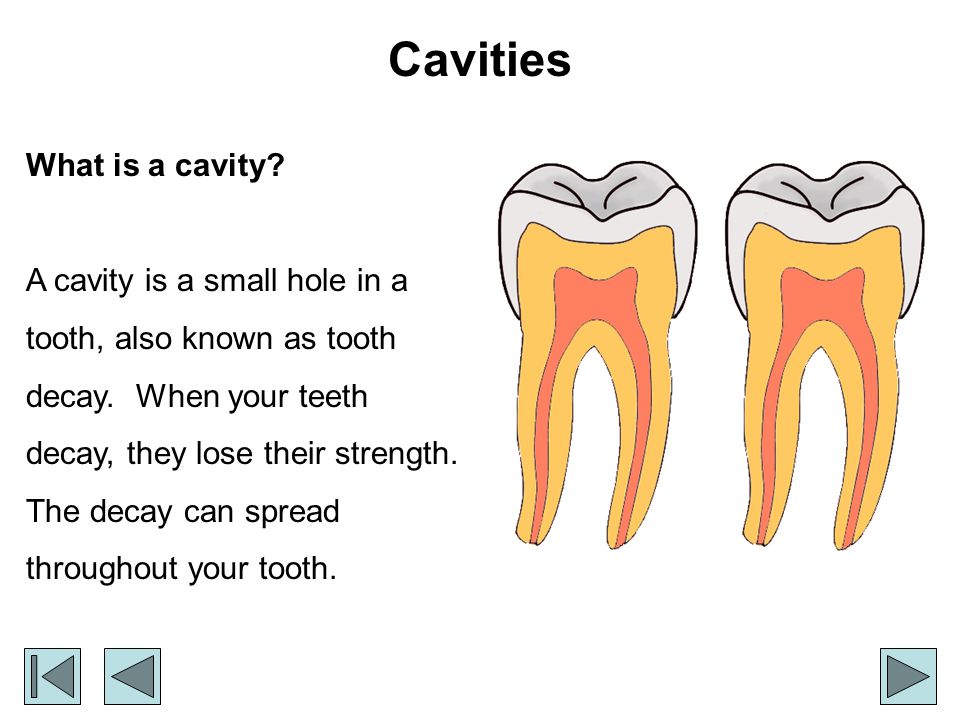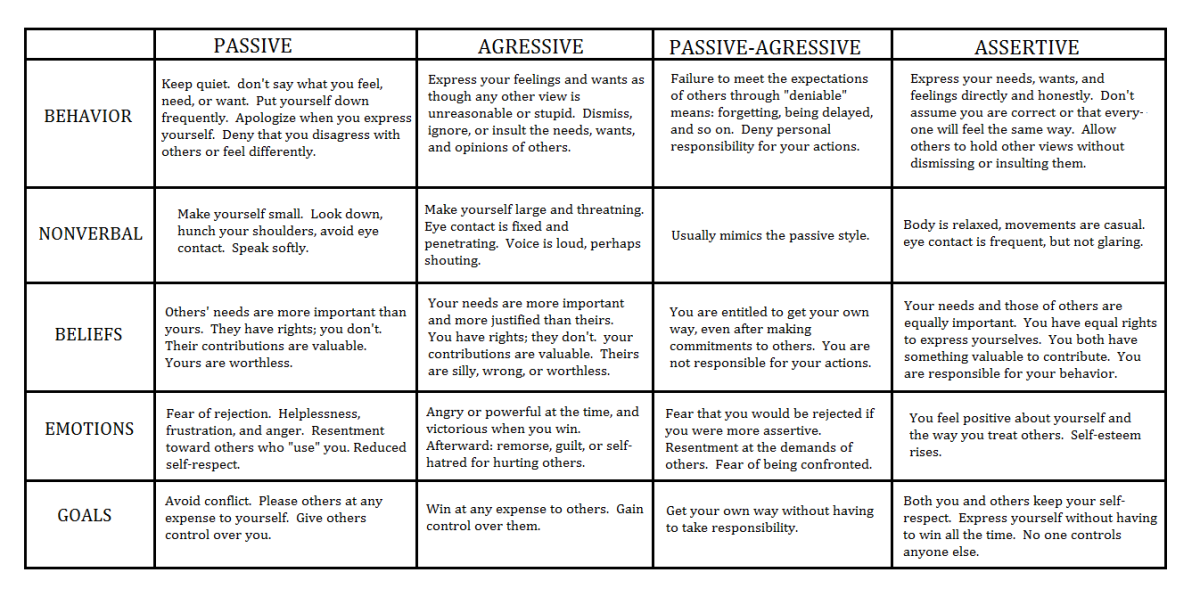Show some gratitude
50 Ways to Show Gratitude for the People in Your Life
“Feeling gratitude and not expressing it is like wrapping a present and not giving it.” –William Arthur Ward
The holiday season generally brings us closer to people. Sometimes that closeness reminds us how much we love each other. Sometimes it reminds us that we drive each other crazy, as family often does.
At the heart of it, Thanksgiving in particular calls us to see people with the deepest appreciation for the gifts they’ve given us. Some gifts are more immediately obvious than others—the type that come with praise, affection, and genuine esteem.
Others push us, stretch us, test us, and make us wonder if there’s anything to be grateful for at all.
There’s no denying certain relationships are more challenging than others, but through each we have an opportunity to grow and help others do the same. Every relationship teaches us something about loving, trusting, forgiving, setting boundaries, taking care of ourselves, and taking care of each other.
From the people who love you, to the people who challenge you, to the people who support you at work, here’s how to show your gratitude:
Show Gratitude to People Who Love You
1. Share a specific example of something they did for you and how it made a difference in your life.
2. Do something little but thoughtful for them—like clean up after Thanksgiving dinner!
3. Give a long, intimate hug; or if you know they don’t like hugs, stick out your hand for a handshake to cater to their preferences and make them smile.
4. Tell them you’re there if they have anything they want to talk about—and let them know they have your full attention.
5. Give them something of yours that you think they would enjoy, and let them know specifically why you want them to have it.
6. Invite them to do something you know they’ve always wanted to do.
7. Encourage them to try something you know they want to try, but haven’t yet because they’re scared.
8. Offer to do something you know they don’t enjoy doing, like organizing their closet or mowing their lawn.
9. Compliment them on a talent, skill, or strength that you admire.
10. Look them straight in the eyes and say, “You make the world a better place.”
Show Gratitude to People Who Challenge You
11. Fully listen to what they have to say instead of forming your rebuttal in your head and waiting to speak.
12. Thank them for introducing you to a new way to look at things, even if you still don’t agree.
13. Pinpoint something you admire about their commitment to their beliefs—even if you don’t hold them, as well.
14. Resist the urge to tell them they’re wrong.
15. Challenge them right back to be the best they can be, with love and positive intentions.
16. If they inspired you to push outside your comfort zone, thank them for inspiring you to take a risk, and let them know how it paid off.
17. Write a blog post about how they helped you see things differently and dedicate it to them.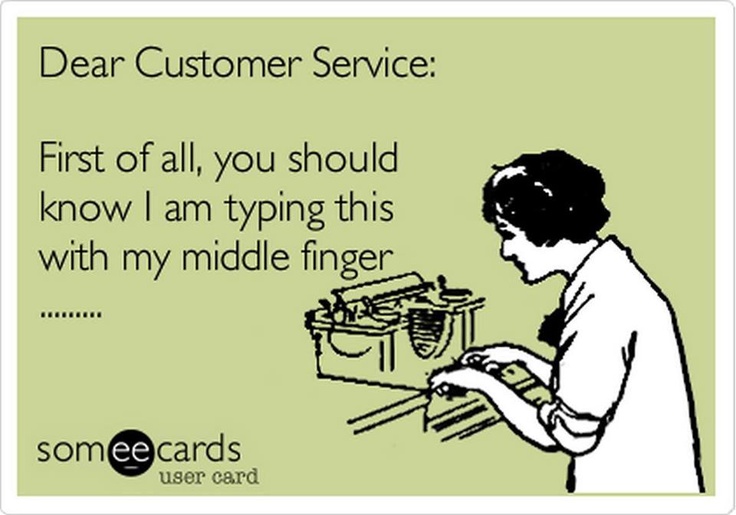
18. Use the lesson this person teaches you through your interactions, whether it’s patience, compassion, or courage.
19. Introduce them to someone who may challenge them and help them grow, as they’ve done for you.
20. Let them know how you appreciate when they challenge you in a loving, non-confrontational way—and if they don’t do that, be calm and kind when you ask them to do that going forward.
Show Gratitude to People Who Serve You
21. Give a larger tip than usual.
22. If they have a tip jar, include a thoughtful note of appreciation along with your coins or bills.
23. Smile when you order or enlist their assistance. Smiles are contagious, so give one away!
24. If they serve you regularly, acknowledge something they always do well—like work efficiently or stay calm under pressure.
25. Exhibit patience, even if you’re in a hurry.
26. Let their superior know they do an outstanding job.
27. Keep their workplace clean—for example, at a coffee shop, clean up after yourself at the sugar stand.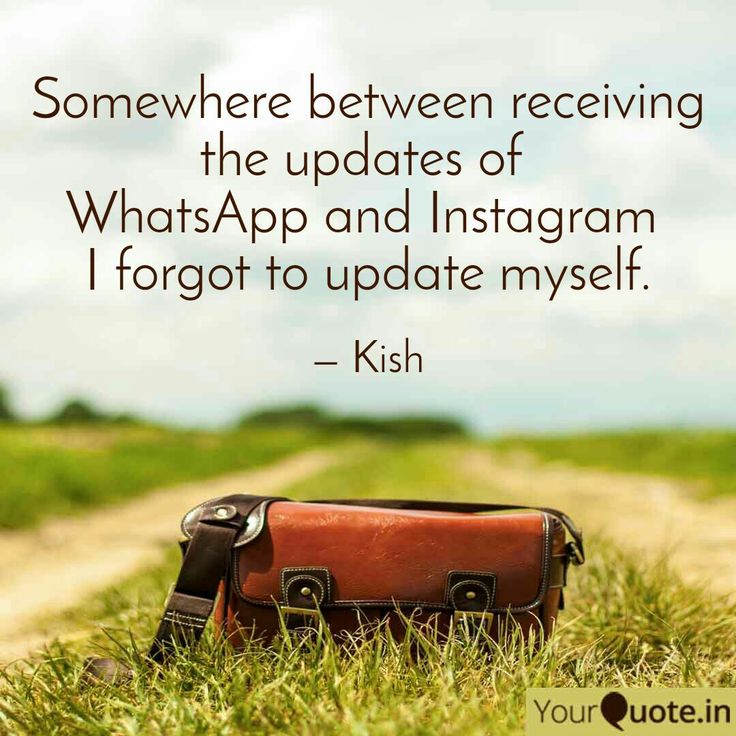
28. Offer to get a coffee for them, if it’s someone working in or outside your home.
29. If you have their contact information, send an email of appreciation—and let them know you just wanted to express your gratitude, so they don’t need to write back.
30. Praise them in a review on Yelp and/or recommend them to people you know.
Show Gratitude to People Who Work with You
31. Write a hand-written thank you note, acknowledging things you value about them and their work.
32. Offer to lighten their workload in some way if you are able.
33. Bring back lunch for them if you know they’re working hard and likely haven’t had a chance to grab something.
34. If you’re running a meeting, keep it short to show them you appreciate and respect their time.
35. Ask them about their lives instead of always being all business. This doesn’t mean you need to pry into personal matters; it just means showing an interest in who they are as people.
36. Be the calm, light voice in a stressful situation.
37. Give them flowers to brighten their desk.
38. Let their boss know how they’re doing a great job and contributing to the company.
39. Listen fully if they’re having a difficult day, and recognize if they need space to figure things out on their own, not advice or help.
40. Remember the little things can make a big difference!
Show Gratitude for Yourself
41. Make a list of ways you’ve impressed yourself lately.
42. Treat yourself to something you enjoy, like a pedicure or a massage.
43. If someone compliments you, thank them and let them know you’re proud of that skill, talent, or accomplishment.
44. Compliment yourself—say it while looking in the mirror, write it in a journal, or jot it on a sticky note and put it on your refrigerator.
45. Give yourself time to enjoy a passion you’re sometimes too busy to fit in.
46. Take an inventory of all the good things you’ve done for other people and the world.
47. Write yourself a love letter. Seriously, start with “Dear Lori” (but insert your own name) and describe all the things you admire about yourself.
48. Let go of any conditions you have for being kind to yourself—meaning you appreciate even if you didn’t accomplish or do anything specific.
49. Schedule a date with yourself—an afternoon or evening that’s all about you.
50. Share the beauty that is you with the people around you, knowing they’re fortunate to have you in their lives.
I am fortunate to have you in mine. You make the world a better place!
**Update: Since I wrote this post, I launched a gratitude journal/coloring book that people seem to be really enjoying! If you’re interested, you can learn more here.
About Lori Deschene
Lori Deschene is the founder of Tiny Buddha. She’s also the author of Tiny Buddha’s Gratitude Journal, Tiny Buddha's Worry Journal, and Tiny Buddha's Inner Strength Journal and co-founder of Recreate Your Life Story, an online course that helps you let go of the past and live a life you love.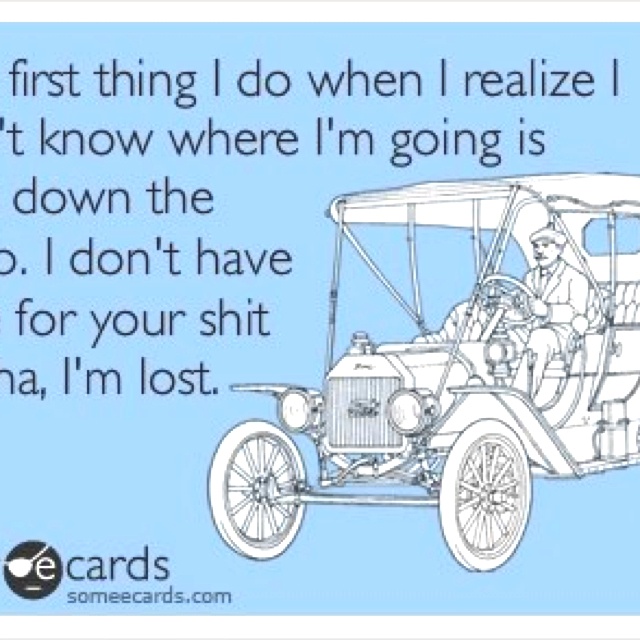 For daily wisdom, join the Tiny Buddha list here. You can also follow Tiny Buddha on Facebook, Twitter, and Instagram.
For daily wisdom, join the Tiny Buddha list here. You can also follow Tiny Buddha on Facebook, Twitter, and Instagram.
See a typo or inaccuracy? Please contact us so we can fix it!
How to Express Gratitude | Psych Central
Many experts believe that negative or unhelpful thought patterns and cognitive distortions may contribute to some mental health conditions, like depression and anxiety.
Addressing cognitive distortions and unhelpful thoughts is a key principle behind cognitive behavioral therapy (CBT), which aims to help people identify and change their thinking patterns.
In a sense, gratitude is a positive cognitive distortion. Instead of focusing on adverse aspects of life or assuming the worst, expressing gratitude encourages you to redirect your attention to the people, places, things, and experiences that make your life richer.
Plus, a gratitude practice can help boost your mood — especially if you express that gratitude to others.
Consider starting your gratitude practice by taking a few moments to think about everything that you’re grateful for in your life — large and small.
Some examples might include:
- your health and wellness
- having enough food to eat
- the home you live in
- your loved ones and pets
You could also turn your gratitude to small things, like:
- a sunny day
- the smell of fresh coffee
- wearing cozy slippers on a cold morning
- a warm smile from a stranger
You may also choose to express your gratitude directly to the people in your life who have made a real difference, such as:
- family members
- friends
- colleagues
- neighbors
- anyone who’s been a source of support for you
Think about the particular ways they’ve helped you, and then consider how you’d like to express your gratitude.
Here are 10 creative ideas for expressing gratitude, either privately or to those you love and care about.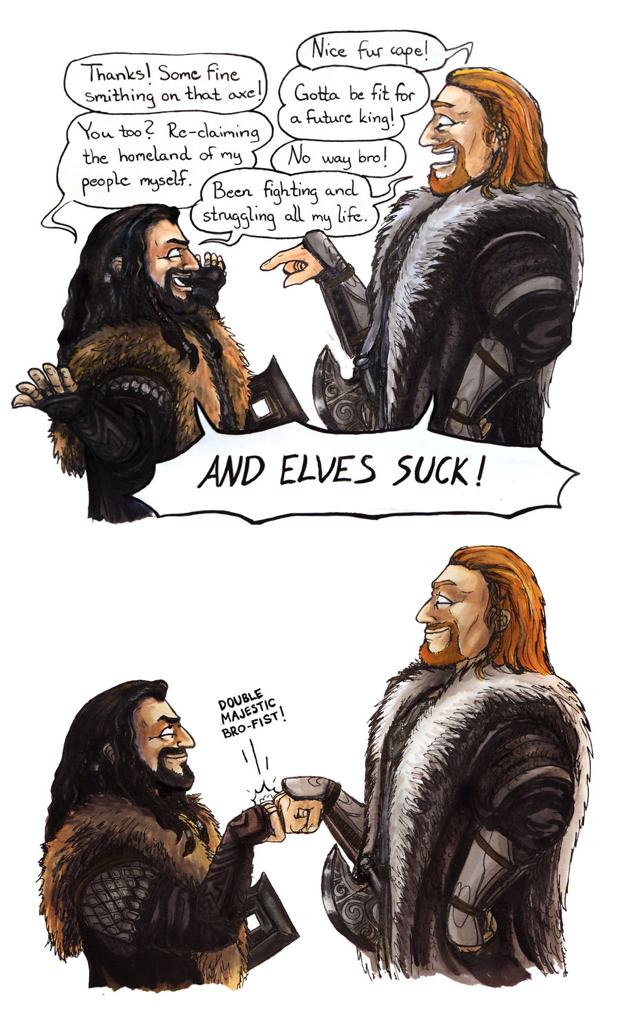
1. Write a letter
Gratitude letters can be incredibly beneficial for the person writing them, as well as the recipient.
Writing a gratitude letter can be a form of narrative writing, which may be an effective therapy for post-traumatic stress disorder (PTSD), according to one 2015 study.
Writing things down often helps the mind to consolidate and process them. By putting your gratitude on the page, you can amplify the emotion for yourself.
You can try writing a letter to someone special, yourself, or even things you feel grateful for.
If you are writing a letter letting another person know how much you value them, those warm feelings of gratitude can be heightened.
Plus, getting a letter in the mail might be a welcome treat that feels special in this day and age of instant communication.
2. Be an active listener
With so many things demanding your attention, it’s easy to slip into the habit of only half-listening to your loved ones.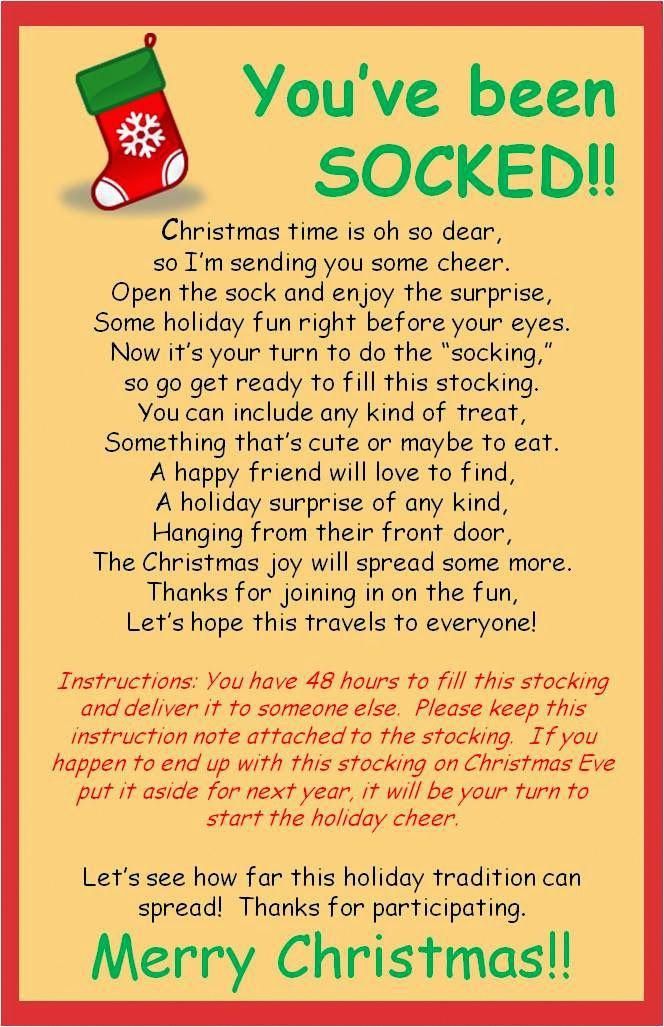
Active listening means you make a conscious effort to really hear, understand, and retain what someone is saying to you.
Making someone feel truly heard is an excellent way to express your gratitude to them, particularly if they’ve been a good listener for you in the past.
3. Take a mindful walk
“Stop and smell the roses” might sound like a cliche, but there’s real truth in how helpful getting outside can be, especially for mental health.
According to the American Psychological Association, spending time in nature may boast cognitive benefits, including:
- improved mood and memory
- reduced stress
- higher levels of compassion
Try combining a nature walk with a gratitude practice by taking note of a few small things that give you joy during your walk, such as:
- hearing birdsong
- a blooming flower’s fragrance
- the way the sun dapples through trees
Focusing on your physical surroundings and giving thanks for them can be a powerful way to ground yourself.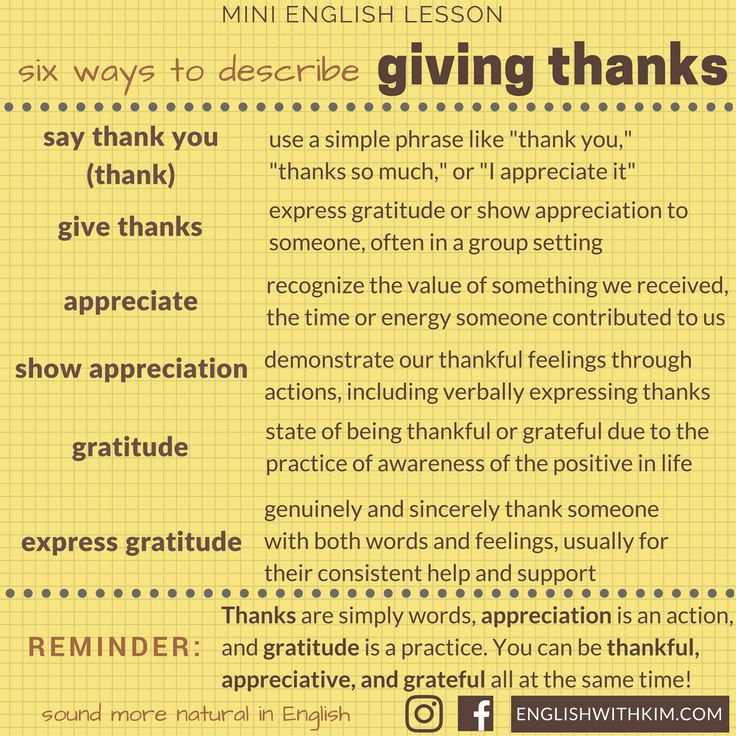
4. Give a thoughtful gift
Gifts aren’t always the best way to express feelings, and they’re certainly no substitute for honest communication.
But a truly thoughtful gift can sometimes show how much you understand and appreciate another person.
A great gift doesn’t need to be expensive. In fact, the most meaningful ones are often homemade.
As you decide what to give them, think about what the person uses in their everyday life, or about your most special memories together. A gift could also be an experience, rather than a physical object.
5. Start a gratitude journal
Expressive writing through journaling can help to process negative events and emotions, but it can also help you to hone in on the positives in your life.
By making a habit of gratitude journaling, you can develop a stronger awareness of what you have, which may help you become more resilient to stress and hardship.
There’s no right or wrong way to write a gratitude journal.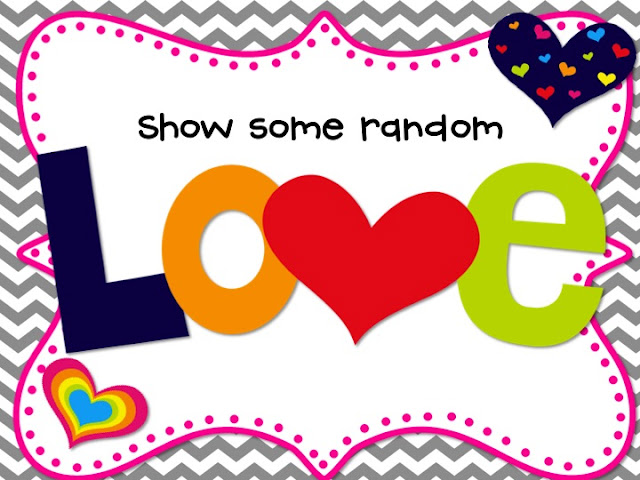 Some people write a simple list of the things they’re grateful for on a given day, while others may prefer to write a longer entry.
Some people write a simple list of the things they’re grateful for on a given day, while others may prefer to write a longer entry.
You could start your gratitude entry by noticing how you feel, both in your body and your mind. Then, try to list 5 to 10 things that you’re grateful for in this moment.
6. Be specific
Identifying specific, small things that make your life better is an important part of any gratitude practice.
It’s a good idea to be specific when you’re expressing gratitude to someone else, too.
Rather than just saying, “I’m so grateful for all of your help,” you might talk about a specific occasion when they lightened a burden for you or quote a piece of advice they gave you that really helped.
7. Offer your help
You can also express gratitude through your actions. Some people might find it difficult to ask for helpC or give support to others in lieu of taking care of themselves.
So if someone has helped you in the past, consider offering them help in return.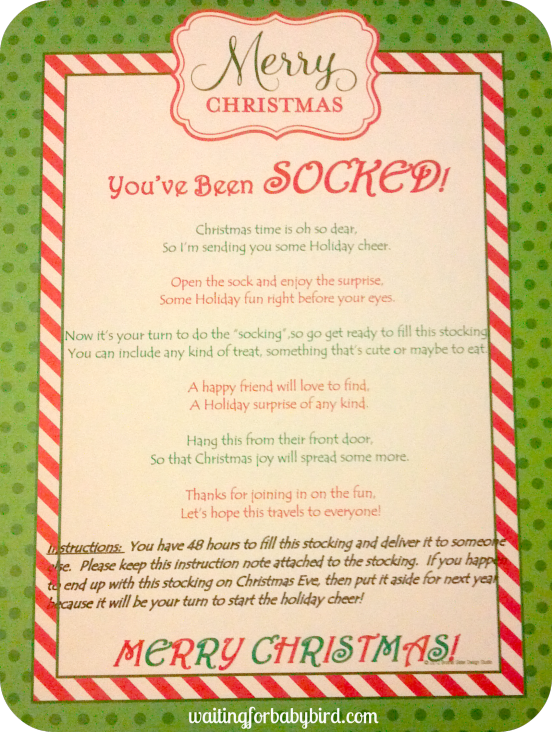
This could be logistical help, like running errands or assisting with DIY tasks around the house. It could also be offering advice on a subject you’re knowledgeable about.
Think about where your skills lie, and then ask the person what they need.
8. Cook something you love
Cooking is a calming and meditative activity for many people. If that sounds like you, then you might also consider putting your culinary skills to use as part of your gratitude practice.
Inviting someone over for a home-cooked meal is a nurturing act that can have mental health benefits for you both. But cooking for yourself can also be a wonderful way to experience gratitude.
Think about the foods that make you feel nourished, both physically and emotionally, and consider starting with those.
9. Try visual reminders
No matter how positive your mindset is, life is always going to throw you curveballs.
There will be days when it’s hard to focus on gratitude.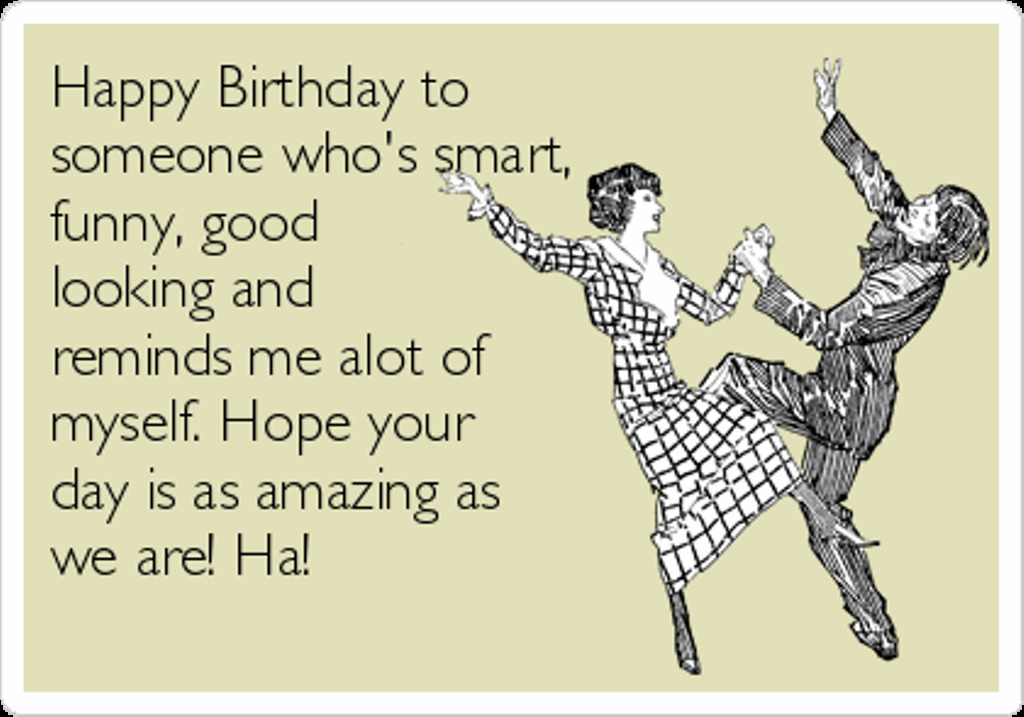 But visual reminders can be a helpful way to keep yourself on the right track.
But visual reminders can be a helpful way to keep yourself on the right track.
Visual reminders of what you’re grateful for can be just about anything, such as:
- photographs of loved ones
- a beautiful object that makes you happy
- tickets from an event you loved
- artwork drawn by your children
- Post-It notes or index cards with mantras or affirmations written on them
If you’re a visual learner, this can be an especially helpful technique. Place a couple of visual cues around your home, car, office, or anywhere else you could use a mood boost.
10. Return the favor
In an ideal world, people treat others the way that they want to be treated. So if someone has been a source of support for you, there’s a good chance that their behavior reflects how they want others to show up for them.
Think about the specific ways a person has improved your life, and then ask yourself if they might need the same kind of support in return.
Then, do your best to follow that same “golden rule” and pay it forward.
A growing body of research shows that consciously focusing on gratitude can be a powerful boost to your mental health.
It doesn’t necessarily matter what you focus on, as long as your attention is on gratitude. You could be grateful for something large, like your good health or loved ones, or something small, like seeing a sunset.
Expressing gratitude to others can strengthen your relationships and help you create a strong support network. The ways people choose to show appreciation for each other often vary from person to person. For example, you could:
- write a gratitude letter
- offer practical help
- tell them how they’ve made a difference in your life
Whatever method you choose, expressing gratitude is often a win-win for your mental health and mood.
Thank you: how to say thank you in Russian
Vocabulary expansion will help you learn to speak fluently faster. You can get by with one phrase “Thank you”, but situations and interlocutors can be different. So, it is better to use different phrases too. Today we will figure out how to express gratitude in Russian. You can find even more phrases for communication in Russian in the article Basic Russian phrases: 100 basic phrases in Russian for everyday communication
You can get by with one phrase “Thank you”, but situations and interlocutors can be different. So, it is better to use different phrases too. Today we will figure out how to express gratitude in Russian. You can find even more phrases for communication in Russian in the article Basic Russian phrases: 100 basic phrases in Russian for everyday communication
1. Thank you! / Thanks a lot!
This is the most popular way to express gratitude in Russian. Both options are used in informal communication, but the second is pronounced more emotionally when you want to highlight something for which you are thanking the other person.
Pronounced like this: [spa ̀iba / spas̀iba] / [bal’sh̀oye spasiba / bal’sh̀oye spasiba].
The English equivalent is Thank you! Thanks! / Thank you very much! Thanks a lot! Thank you so much!
Usage example: What a beautiful dress! - Thank you (Thank you) , I made it myself . / Thank you so much for such a wonderful gift!
/ Thank you so much for such a wonderful gift!
2. Thank you! / Thank you!
Used with close friends when you want to add tenderness to your gratitude.
Pronounced like this: [spas̀bacchi /spas̀ibachki] / [spas̀ibki / spas̀ibki].
The English equivalent is Thanks!
Usage example: Thanks for such an invitation! I will be glad to see everyone!
3. ATP!
This is an abbreviated version of thank you. It is used mainly in communication between friends on the Internet or in SMS messages, that is, only in writing.
Pronounced like this: [espees / espees].
The English equivalent is Thx!
Usage example: I sent you new pictures. - Thx (SPS)!
4. Thank you!
This word is used in a more formal setting or when you want to emphasize your gratitude, express special approval. In books, especially in classic novels, you can find another option - "Thank you!" It means the same thing, has a slightly stronger emotional connotation.
In books, especially in classic novels, you can find another option - "Thank you!" It means the same thing, has a slightly stronger emotional connotation.
Pronounced like this:
English equivalent - I'm grateful!
Usage example: I’m grateful (Thank you) for your attention! It was a great pleasure for me to speak before you today .
5. You are very kind!
This phrase is usually used to say thank you for an offer to do you a favor or do something nice. Most often used in formal communication.
Pronounced like this: [you ̀ochin’ dabr̀y / vy ̀ochin’ dabr̀y].
English equivalent It’s kind of you! You are really kind! That's generous of you!
Usage example: Let me walk you to the right place. - You are very kind (You are very kind)!
6. Much appreciated!
This expression has a very formal connotation, used to express gratitude very politely.
It is pronounced like this: [vis'm̀a priǹat'il'in (prizǹat'il'na) / vis'm̀a prizǹatilin (prizǹatil'na)].
English equivalent - I'm very grateful! I'm sure! I appreciate it!
Usage example: I am very grateful for your sincere congratulations!
Sign up for a free trial lesson and learn Russian with us!
7. I can't express my gratitude!
You can use this expression when you feel that just saying "thank you" and even "thank you very much" is not enough. This phrase means that words cannot repay what they have done for you.
Pronounced like this: [nee m̀u expresses’ svàu blagadarnast’ / ni mag̀u v̀yrazit’ svaỳu blagadarnast’].
English equivalent - I couldn't thank you enough!
Usage example: I couldn't thank you enough! Without your help, I could not have found such a great gift for my mother.
8.
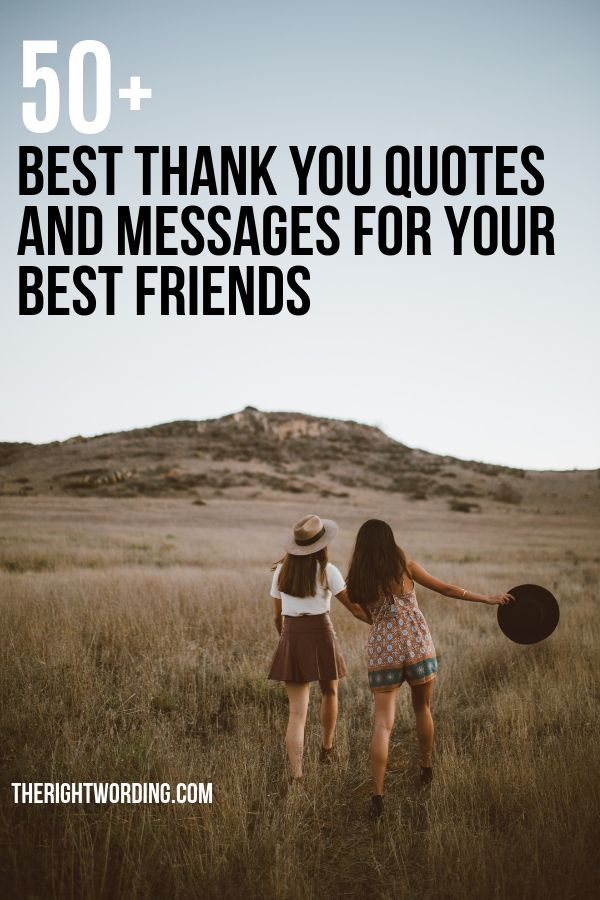 I am indebted to you!
I am indebted to you! With this expression, you thank someone for a service rendered and promise that you will repay something equal in the future.
Pronounced like this: [ya p̀erit taboy f dalg̀u / ya p̀erit taboy f dalg̀u].
English equivalent - I owe you one!
Usage example: I found this rare diamond for you! — I owe you!
9. Yes, it was not necessary!
This phrase is usually used when you want to say thank you for a gift, express gratitude for the generosity, and show some embarrassment from receiving such a gift.
Pronounced like this: [no matter what was needed / da ni ǹuzhna býla].
The English equivalent is You shouldn't have!
Usage example: We made your favorite cake . - You shouldn't have!
There are many ways to say "thank you" in Russian. We chose the most interesting ones, with different meanings and degrees of gratitude.
Read articles on learning Russian
10 gestures to thank and insult the driver
The phrase "Where are you going, goat?!" can often be heard on Russian highways. It seems that many drivers simply do not know other ways to express their dissatisfaction, but there are many of them. As well as ways to express gratitude for help on the road.
A peculiar alphabet of driver signals in our country appeared during the Soviet era. It's funny, but the impetus for its creation was an article in a newspaper where a traffic police officer criticized foreign drivers for flashing their headlights, giving a signal to others about traffic police sitting in ambush. This signal was quickly adopted by Soviet drivers. What other gestures and signals are used on the roads?
Conditional gesture of gratitude
Compliance with traffic rules is mandatory if you do not want to constantly pay fines. But observing road etiquette and knowing the sign language of drivers will save you a lot of time and nerves. Of course, for essential assistance on the road, for example, towing a faulty car to a service station, you can always say thank you from the bottom of your heart or hand over a certain amount.
Of course, for essential assistance on the road, for example, towing a faulty car to a service station, you can always say thank you from the bottom of your heart or hand over a certain amount.
But if you were simply passed on the road or some kind of malfunction was pointed out, it is better not to stop and not rush to another driver with hugs. They may misunderstand. It will be enough just to use the time-tested gestures of gratitude.
According to the rules, the driver must keep both hands on the steering wheel while the vehicle is moving. But it is allowed to raise your left hand with an open palm up if you need to express gratitude. In the same way, you can greet a friend if you notice him in oncoming traffic. You should not stick your whole hand out the open window. Other drivers may think that your turn signals are faulty, and you show that you are going to turn left. You can thank other drivers without taking your hands off the wheel.
Alarm signals as an expression of gratitude
There are many polite people among motorists who will always give way to those who ask for it. To ask for permission to overtake the car in front, you need to blink your headlights. But you can overtake only after the driver in front confirms that you can do it. Usually, turn signals are used for this: left - if the path ahead is clear, and right - if it is not worth overtaking yet.
To ask for permission to overtake the car in front, you need to blink your headlights. But you can overtake only after the driver in front confirms that you can do it. Usually, turn signals are used for this: left - if the path ahead is clear, and right - if it is not worth overtaking yet.
Having driven forward, be sure to thank for the help by turning on and off the hazard warning lights a couple of times. Or you can use another driver's light signal and first turn on the left and then the right turn signal. And don't be scared if you hear a short horn beep in response. So the driver who let you go ahead tells you “please” or “no way.” Motorcycle drivers also have their own special conditional gestures and signals.
Thank you gestures used by motorcyclists on road
Drivers riding scooters or motorcycles are also considered full road users. And since they are more maneuverable than car drivers, they are more likely to ask you to give way to them. Usually, motorcyclists turn on their headlights blinking, which means “please skip it,” or they flash an emergency flasher.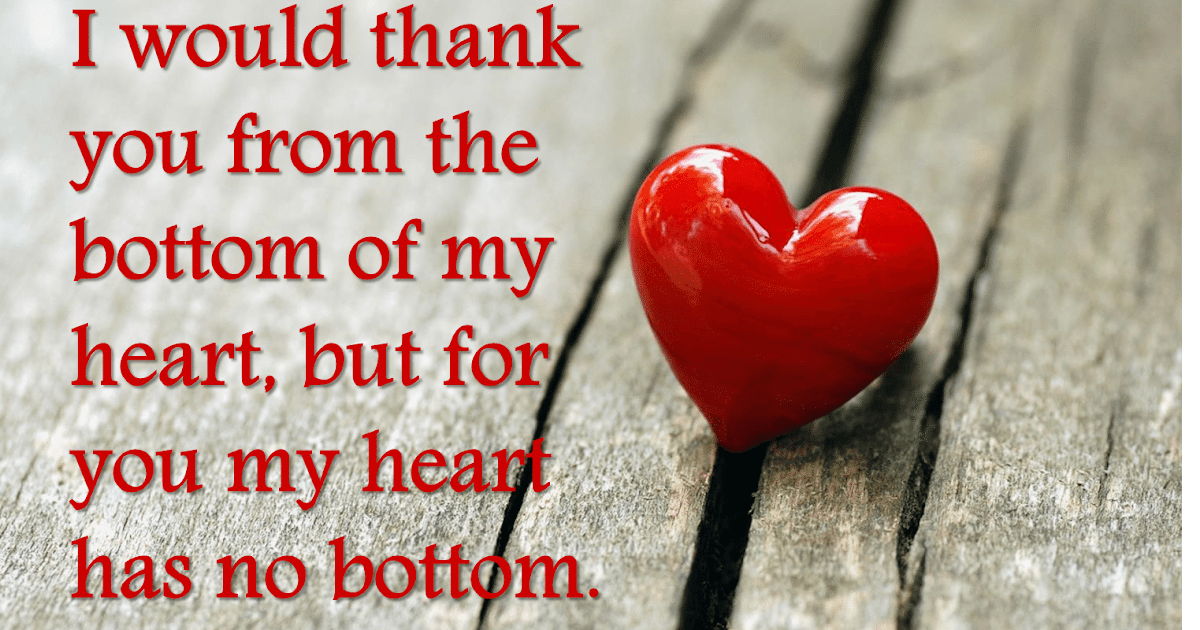 But bikers don't thank the same way as motorists.
But bikers don't thank the same way as motorists.
Most often, motorcyclists nod their heads as a gesture of gratitude. In some cases, a missed driver can be thanked with a "like" - a raised hand with a clenched fist and a thumbs up. If a motorcyclist rides with a passenger behind, then usually the obligation to thank other road users is assigned to him. By the way, some motorists also like to shift this responsibility to another. But not a person, but a gadget.
Electronic driver gesture system
A few years ago, an unusual device was especially popular in Russia, replacing blinking headlights and other signals with the light of a car. The device was mounted on the rear window of the car, and the driver, using the remote control, could express his gratitude or dissatisfaction with emoticons. In the piggy bank of the device there were five faces demonstrating one or another emotion. However, the use of such a gadget quickly faded away.
The whole point was that emoticons had to be entered from a special remote control.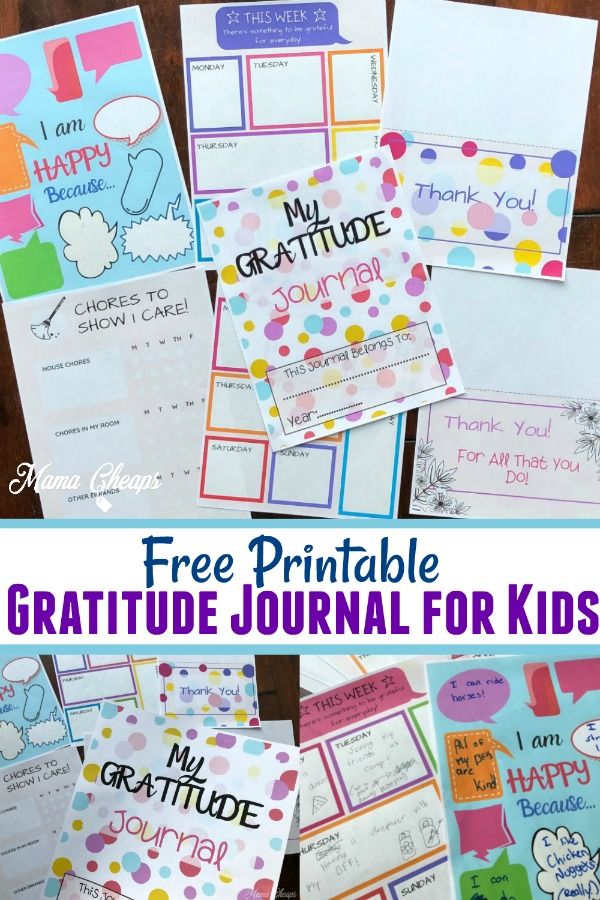 And for this, the driver had to let go of the steering wheel. In addition, it cost a lot, the price of the gadget was comparable to a good DVR. Drivers quickly realized that the good old headlight and horn signals were worthless, and spending money on some kind of device was simply stupid. And you can “talk” with boors with conditional signals.
And for this, the driver had to let go of the steering wheel. In addition, it cost a lot, the price of the gadget was comparable to a good DVR. Drivers quickly realized that the good old headlight and horn signals were worthless, and spending money on some kind of device was simply stupid. And you can “talk” with boors with conditional signals.
Offensive gestures of drivers on the road
Often on the roads you can meet those who are desperately reckless and do not notice traffic signs. So if you met such a boor, you may well express your dissatisfaction with his behavior non-verbally. For example, if you notice that another driver drove under a "brick", then you, having caught up with him, can point two fingers at your eyes. It means: “Are you blind, or what? Don't you see the sign?" This is usually taken as an insult. Insulting violators and a long drawn-out beep.
Of course, you can listen to a stream of selective abuse for this, but it's better not to imitate such people and still use gestures.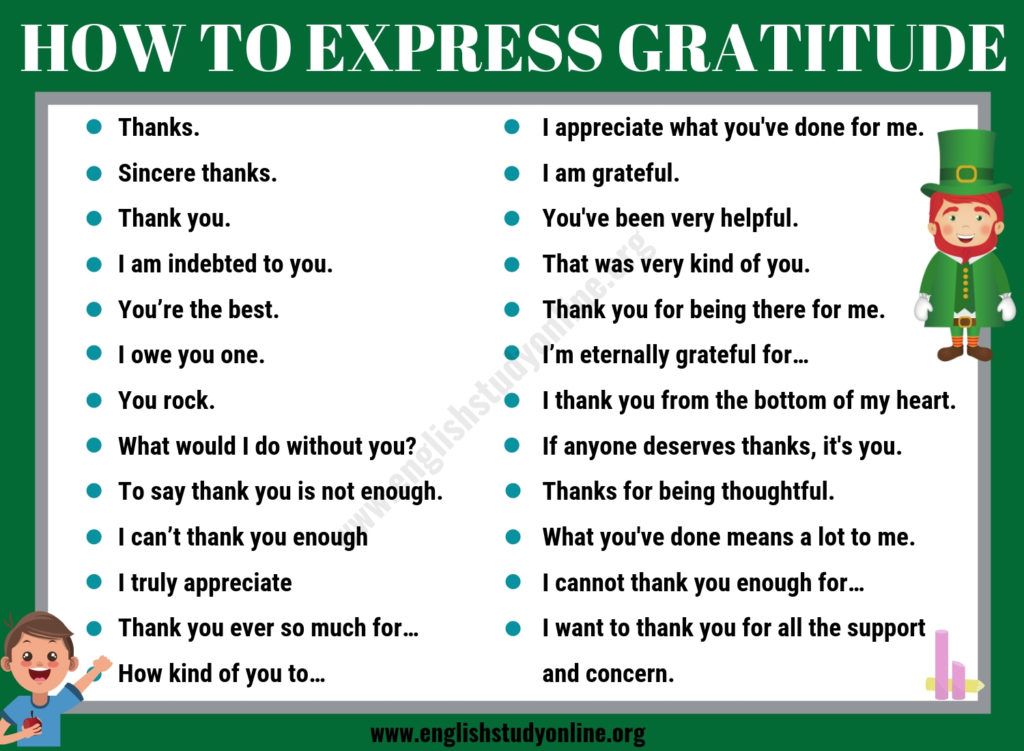 It's much easier and more relaxed.
It's much easier and more relaxed.
Conditional gestures adopted not only by drivers
Of course, no one canceled the clear gestures that are not included in the road alphabet of drivers. If you twist your finger at your temple, the violator will certainly understand that he is a fool. Or you can show the middle finger if you've been cut - such a common offensive gesture will not go unnoticed. And some drivers, cut off by the fair sex at the wheel, especially blondes, point at their hair with a displeased expression on their faces. Like, what do you take from a stupid blonde?
You should not abuse such gestures. If the driver you offended is a quick-tempered person, then it’s not far from a showdown on the side of the road. In addition, it is worth remembering that not all gestures that are part of the everyday life of a Russian person are understandable to foreigners. So, when going abroad in your car, it is worth remembering some conventional signals from drivers of other countries.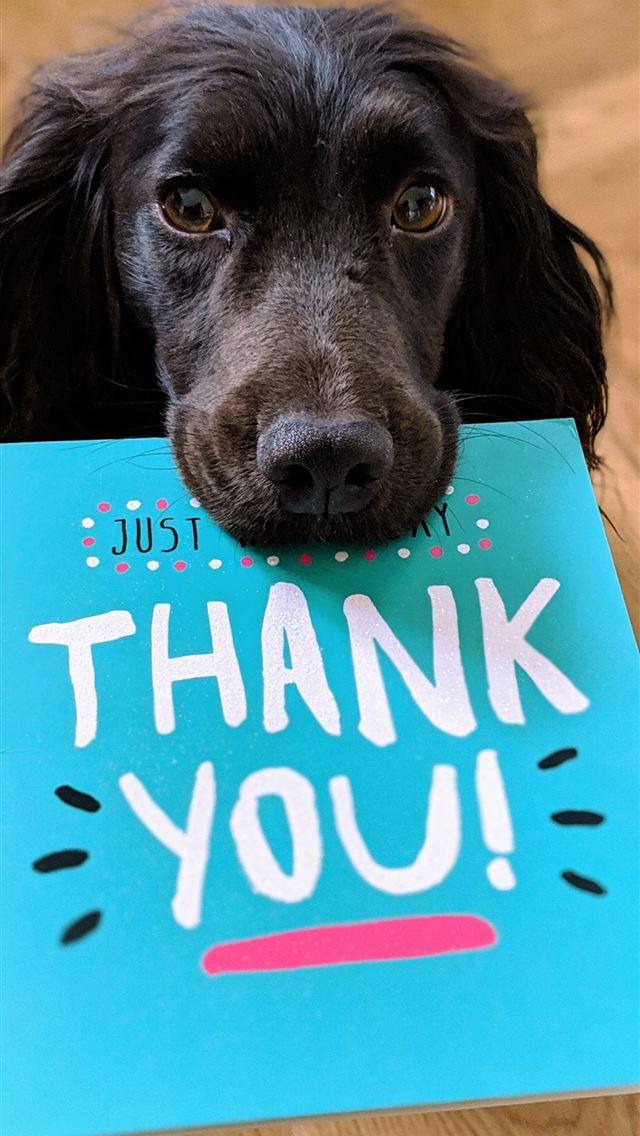
How foreign drivers thank and scold with gestures
If you find yourself in Germany as a driver, then you should not use the "everything is ok" gesture. Here it has another meaning - "you are a complete zero." There is a known case when a driver in Germany showed this gesture to a policeman and almost ended up behind bars. The same is true in South Africa.
In Greece, motorists' gestures on the road are especially emotional. For example, if the Greeks want to insult an auto-ham, they sharply throw their hand forward with the palm down. But the French wave their open hand in greeting if they want to thank someone. Motorcyclists in France wave their outstretched leg as a gesture of gratitude. And in Hawaii, drivers thank each other by pressing the middle, ring and index fingers to the palm and raising the little finger and thumb. It looks like our “let's call” gesture.
Driver horns are more common in Bali. The triple sound of the klaxon means “let me get a good hello, otherwise you will get it,” and the double flashing of the headlights means “get out of the way.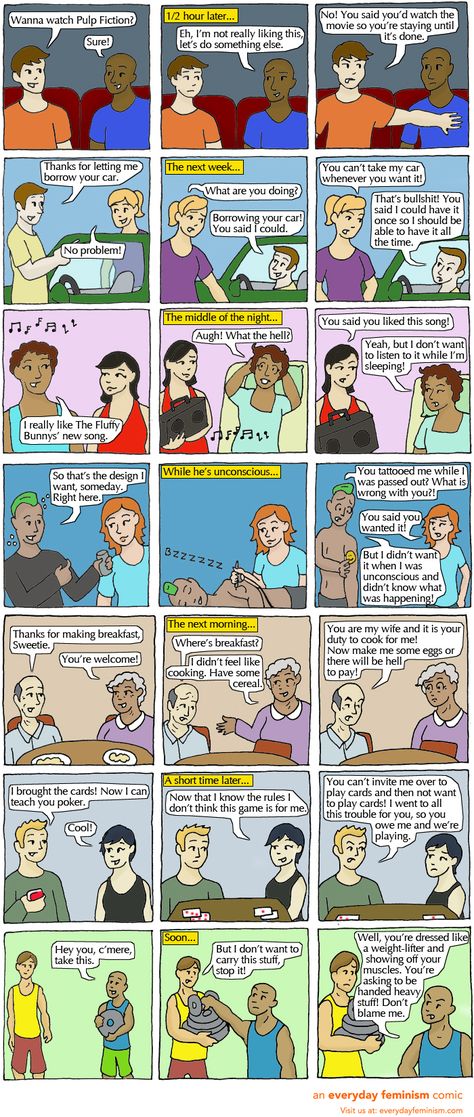 ” The latter can often be seen addressed to leisurely pedestrians. Abroad, by the way, pedestrians usually do not thank drivers for passing at the crossing. In Russia, people are more polite.
” The latter can often be seen addressed to leisurely pedestrians. Abroad, by the way, pedestrians usually do not thank drivers for passing at the crossing. In Russia, people are more polite.
How to thank the driver for the pass at the crossing
As you know, there are not always controlled pedestrian crossings on the roads. Sometimes there are no traffic lights, and a zebra is just drawn on the road. Then the pedestrians have to wait until the oncoming drivers let them pass. Usually, it’s enough just to step on a zebra, then the flow of cars will stop.
When a pedestrian crosses the road, it is desirable that he moves as quickly as possible without interfering with the road. But not everyone can go fast. In this case, you should apologize to the drivers. Usually a guilty smile is enough for this. And if you want to thank, then you should nod your head and smile. In response, you will most likely receive one of the conventional signals of drivers on the road - a wave of the hand, like "not worth a thank you.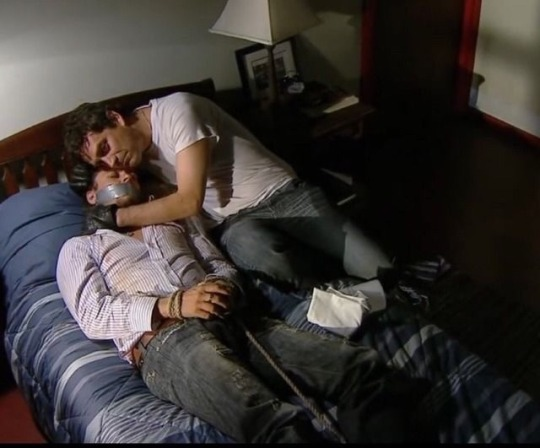 " But since a pedestrian is also a participant in the movement, he must observe a kind of etiquette and conditional signals. With the help of some of them, a pedestrian can warn the driver of danger.
" But since a pedestrian is also a participant in the movement, he must observe a kind of etiquette and conditional signals. With the help of some of them, a pedestrian can warn the driver of danger.
Dangerous road signals for drivers
Most often, drivers blink their headlights, notifying others that the DPS are lurking ahead. The traffic police themselves are aware of this conditional signal, but do not fight it. They can't forbid drivers to blink their headlights!
In addition, in the alphabet of drivers there is another conditional signal warning of an ambush or a dangerous section of the road - a raised palm with fingers spread apart. Traffic police officers hiding in the bushes are usually reported by patting themselves on the shoulder with their free hand. You may be asked to slow down in front of such a section as a prearranged signal. To do this, the driver slowly lowers his palm from top to bottom, as if saying "slow down."
If you notice that a car in the oncoming lane blinked its high beam twice, then you should be more careful - there is danger ahead.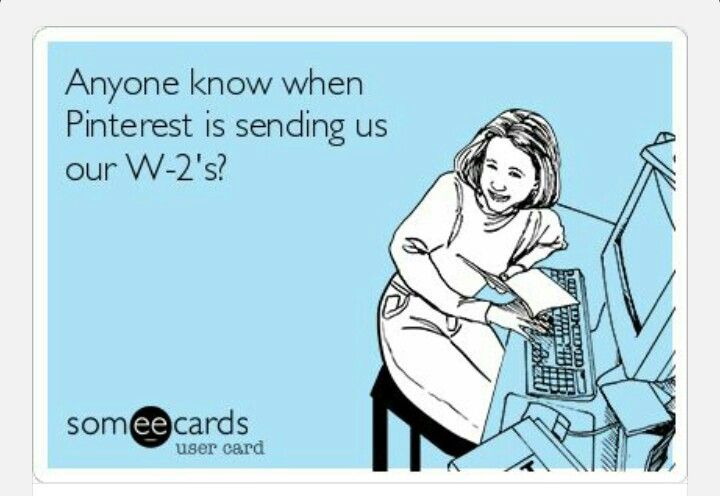 Truckers' signals also point to the danger. So, a truck driver, noticing that the driver of a passenger car is going to overtake him on the highway, turns on the right turn signal. If there is a hindrance ahead, the trucker will blink the left turn signal. Usually they are thanked for this by flashing the emergency flasher. Knowing the conditional gestures of drivers on the road can also save you from serious problems with the car.
Truckers' signals also point to the danger. So, a truck driver, noticing that the driver of a passenger car is going to overtake him on the highway, turns on the right turn signal. If there is a hindrance ahead, the trucker will blink the left turn signal. Usually they are thanked for this by flashing the emergency flasher. Knowing the conditional gestures of drivers on the road can also save you from serious problems with the car.
Signals given by drivers who have noticed a malfunction
Sitting in the cab of a car, you may not notice that something is wrong with it from the outside. It's good if other drivers notice a problem and report it to you. Usually, conditional hand gestures are used for this. So, if your trunk is open, then the driver who has overtaken you will certainly report this, as if hitting the air with his palm. A flat tire is reported as follows: they draw a circle in the air and point down at the problematic wheel. A finger pointing at a door indicates that it is not closed or that something is stuck in it.